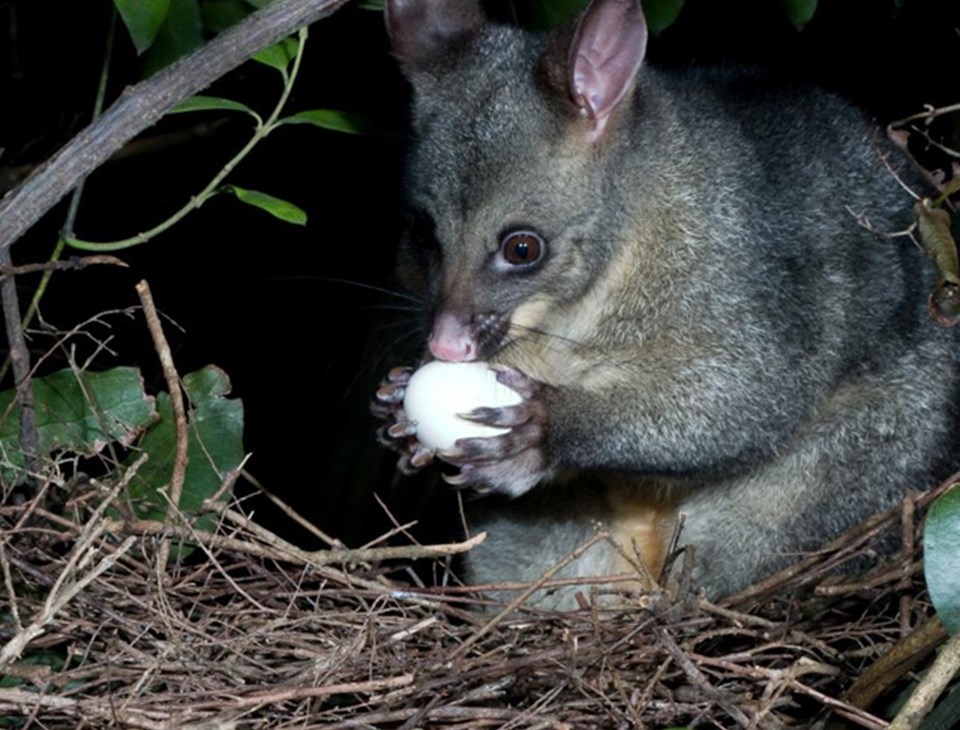The New Zealand Fur Council is committed to improving trapping practices and endorses the Agreement on International Humane Trapping Standards (AIHTS). They agree that unnecessary stress on trapped animals is unacceptable and wish to get global recognition for NZ’s fur trapping standards. With more courses, training and communication within the industry, these standards will be further ingrained into the culture of possum fur trapping. The brushtail possum, introduced to New Zealand in the 1800’s, is now a national pest, playing a huge part in endangering native plant and animal species. With pest numbers estimated at 30 million, it is necessary for conservation programs to keep numbers under control. It makes sense to utilise the resource that is possum fur by linking the culling of possums for conservation with the fur industry. A strong relationship with the Department of Conservation (DOC) means the NZ fur industry can increase the amount of possums caught on DOC land, contributing to regeneration of native wildlife, and save the government’s money.

NZ Brushtail Possum eating an egg from a nest, image courtesy of ourauckland.aucklandcouncil.govt.nz/
Gaining global recognition for New Zealand’s fur industry practices is the next step for the growth of the industry. The New Zealand Fur Council (NZFC) endorses the commitment to the Agreement on International Humane Trapping Standards (AIHTS). Hunters and trappers of brushtail possum fur must adhere to the laws of NZ’s Animal Welfare Act. This legislation has an overarching principle that animals should not be put through any unnecessary pain, suffering or distress. The most commonly used trap in brushtail fur recovery is the leg-hold trap. Under NZ’s Animal Welfare Act the size and placement of the traps are restricted and all leg hold traps must be non toothed.
The AIHTS was created to ensure welfare of trapped animals is consistent internationally. Testing was carried out to see that trapped animals were under the least amount of stress, and culled swiftly and efficiently. The agreement aims to continue to evaluate and evolve methods and practices, promoting best practice within the international fur trade community.
Training programmes and initiatives are an important way to encourage conversation around the standards of fur recovery. Since 2011, New Zealand secondary school students in the Northland region have been able to learn possum fur trapping and recovery skills through “Project Possum”. 15-18 year old students learn a mixture of theory and practical skills, setting them up to understand and be a part of the industry. These skills could provide a lifelong career that allows trappers to work on their own schedule. Southland’s Peter Salter and his wife Justine own ‘The Bushman’s Centre’ based in Pukekura which includes a possum museum. Salter says “you spend enough time in the bush you start to think like a possum… Finding possums is easy if you know what to look for.” The couple prove that being a fur trapper isn’t just a career, it’s a lifestyle that allows them to explore and enjoy New Zealand’s unique forests.
With the expanding success of NZ’s possum fur industry, it makes sense to combine efforts with DOC to increase the contribution of possum control and conservation in New Zealand. The Memorandum of Understanding (MOU) signed by NZ’s Department of Conservation (DOC) and the New Zealand Fur Council is an opportunity to both lessen the possum numbers devastating the wildlife and contribute to local and national economies. Chairman of NZFC, Neil Mackie says, “Many of the possums in our country are on public conservation land, so the MOU will allow trappers to access more fur, increase the market, and better target ecologically important areas.” DOC’s research shows that fur trappers keeping numbers low in the buffer zones of targeted pest control areas can delay re-population by 2-3 years. This can make a huge difference for the regeneration of endangered species.
Consumers want more information about where their products come from, which leads designers to need more from their suppliers. Gaining international recognition for the New Zealand Fur industry’s trapping standards is integral to presenting the brushtail possum products to the world.
Fashion powerhouses that influence the international fashion industry such as Fendi continue to celebrate the wonderful possibilities of fur in fashion. Creative Director of Fendi, Karl Lagerfeld showed his second Haute Fourrure show this month with an incredible display of intricately handmade pieces. Lagerfeld is famous for his use of fur saying, “For me, Fur is Fendi and Fendi is Fur”. The use of fur within yarns, developed by Woolyarns for the Perino by Woolyarns collections, is another innovative way designers can utilise the properties of such an incredible material.
Possum trapping is a highly skilled profession requiring patience and precision. The committed trappers have a wealth of knowledge, using specific methods and venturing into the New Zealand wilderness to make their living. Possum fur is a hand harvested, specialty product that fits with the luxuriousness of international Haute Couture fashion houses. Gaining more recognition for NZ’s fur industry’s practices will encourage international trade, resulting in a higher need for the brushtail possum fur, opening up job opportunities and decreasing the number of possums devastating the unique forests of New Zealand.

